
China’s gross domestic product (GDP) totaled 82,712.2 billion yuan in 2017, expanding 6.9 percent year on year, data released by the National Bureau of Statistics (NBS) on January 18 showed. The reading marked the first acceleration since 2011.
Four major macroeconomic indicators improved amid stability, said Ning Jizhe, head of the NBS. The GDP grew 6.9 percent and over 13 million urban employment positions were created in 2017. The unemployment rate was below 5 percent at the end of December and the (consumer price index) CPI hiked 1.6 percent, beating expectations. The vitality, drivers and potentials of China’s economy were released and the stability, coordination and sustainability continued to be improved.
Experts believe that the recovered overseas demand is a highlight in China’s economy in 2017. Data show that the imports and exports totaled 27,792.1 billion yuan, increasing 14.2 percent from last year and ending two straight years of declining. “The global economy recovered and foreign trade contributed more to economic growth. The improved overseas demand is the biggest contributor.” Xu Hongcai, an economist with the China Center for International Economic Exchanges, indicated in an interview.
The supply-side reform has boosted production efficiency, upgraded consumption, improved the structure and promoted the innovation-driven development in 2017, indicated Cheng Shi, chief economist with ICBC International Holdings. The investment in high-tech manufacturing and equipment manufacturing industries increased 17.0 percent and 8.6 percent year on year, 2.8 and 4.2 percentage points higher than the previous year. To the contrary, the investment in manufacturing industries with high energy consumption declined 1.8 percent. It shows that high-end drivers played more roles in manufacturing industries and the elimination of outdated capacities sped up.
Many institutes estimated that China’s economy will remain stable in 2018 and the GDP growth will be about 6.7 percent. Xu indicated that it will maintain the stable trend in 2018. Despite the slight decrease in vehicle consumption, the overall consumption will keep stable. Due to the strengthened regulation on PPP programs and the declining leverage of state-owned enterprises (SOEs), infrastructure investment may slow down.
The investment demand may further decline due to the de-capacity and the increasing awareness on environmental protection in 2018, but the investment structure will be further optimized, indicated Su Jian, an economist at the Economic Research Institute of Peking University. The investment in high-tech industries will outperform fixed asset investment while the increase of investment in industries with high energy consumption will further decline. Driven by technology upgrading, the increase of investment in the secondary industry will not further plunge. “It is normal that the economic growth will slow down during the restructuring.” Su said.
As for policies, Cheng indicated that macro policies will further guide the growth focus to shift from the demand side to the supply side in 2018. It will transform from the factor-driven model into the innovation-driven model and from the overall growth to the welfare to the public to further promote China’s long-term economic growth. Prudent monetary policies will be maintained to keep it “no loose in short term and not tight in long term”. The central bank is expected to adopt policies on “raising market interest rates plus targeted RRR cuts”. On the one hand, it will guide the orderly hiking of the interest rate in the monetary market with the hike of the natural interest rate. On the other hand, it will further improve policies on targeted RRR cuts and continue to optimize the structure of loans to further support targeted poverty alleviation, the revitalization of rural areas and other key sectors.
Xu said that the structure of fiscal capitals should be further optimized and more capitals should be invested in emerging industries to shore up weaknesses in the supply-side reform. It should keep the regulatory framework with “monetary policies plus macro prudence” as two pillars. It should also deal with overseas risks, the risk on capital returning in particular. It should also pay attention to risks on domestic shadow banks, local government bonds and cash loans in P2P programs.
It is noteworthy that Ning pointed out that China’s economic growth is driven by investment and consumption. Consumption was the major growth driver, contributing 58.8 percent to GDP growth last year. It is 26.7 percentage points higher than total capitals. It is also a major reform that consumption and investment jointly supported China’s economic growth.
China’s economy will see high-quality development in 2018 with investment and consumption as dual drivers to the high-quality development, said Wang Zhigang, deputy-director of the Macroeconomics Center of the Chinese Academy of Fiscal Sciences.
Xu believed that consumption will be the basis while investment will be the key in 2018. He emphasized that private and foreign investments are essential to economic growth. More incentive policies are expected to be released.
Su advised to reduce the operation cost of enterprises, systematic trading and capitals to vitalize private investment. It may also consider RRR cuts further expand private enterprises.
Ning pointed out that the central government set the high-quality economic growth as a key requirement in 2018. Local governments will deepen the supply-side structural reform and focus on key tasks in de-capacity, de-stocking, de-leveraging, cost reduction and shoring up weaknesses. It will reduce ineffective supplies, increase effective supplies and reduce the cost of production and operation.
Translated by Star Zhang
















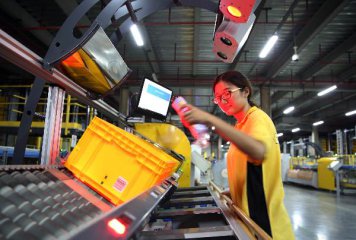
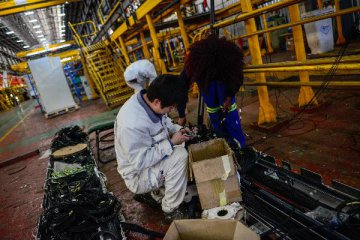
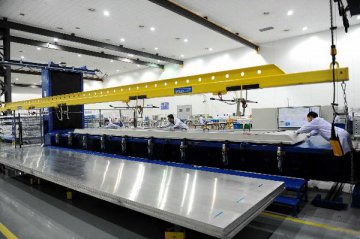
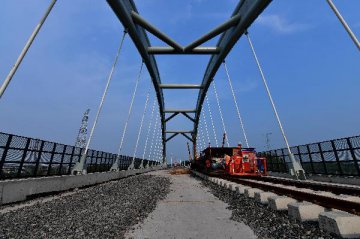

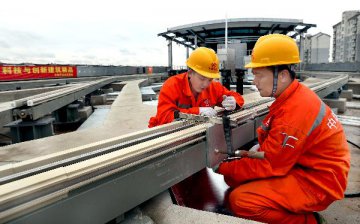


Latest comments